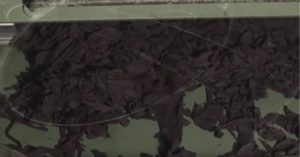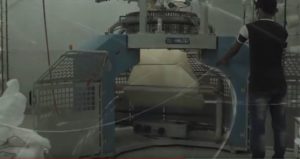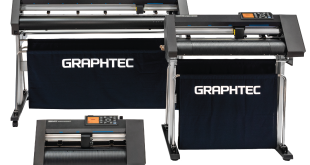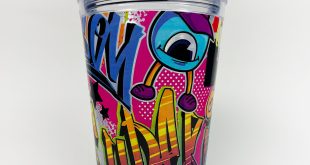
Do you ever look at a swing tag and wonder what fabric the garment is actually made from? Kirsten Ferrol, product manager of Écologie by AWDis, aims to break down those barriers with this guide to sustainable fabrics.
Sustainable or eco-friendly labels have been an increasingly noticeable tag in the retail and textile industries of late. Environmental awareness within the printwear and promotion industry is no different, steadily growing over the last five years adopting more exciting innovations and environmentally kind alternatives to traditional fabrications year on year.
Distinguishing what this means in terms of the fabric composition and the processes involved is not always so clear. Mixed messaging and a lack of transparency often means the inputs and processes around sustainable labels can be misleading and not as environmentally friendly as they appear.
I have outlined what to look for in different fabrications so you can decipher what’s what in shopping for your sustainable range.
Organic cotton
Cotton is a natural fibre harvested from the Gossypium plant. Choosing organic cotton supports a production process that eliminates the use of toxic chemical fertilisers, pesticides and GMOs. The process therefore preserves a healthy environment for the farmers and improved bio diversity of the soil. Organic cotton farming also has less impact on the air, and uses 88% less water and 62% less energy.
Organic cotton is a beautifully soft yet durable, breathable yet keeps it shape, doesn’t fade, bobble or fray over time – a great high-quality alternative for those looking to add to their traditional cotton range.
Regenerated cotton
Any factories producing cotton generates excess waste, destined for landfill. Regenerated cotton collects this waste yarn, shredding the clips of fabric collected and sorts it into colours, reprocessing it into new cotton yarn. The colour separation is a key point here, because in doing this it means that the yarn doesn’t have to be redyed, saving water, chemicals and energy used in the dying process again, reducing the overall environmental impact.
Overall, recycled cotton has the potential to significantly reduce energy consumption in the textile industry. The amount of water needed is less than that used to produce regular cotton with all products diverted away from what would be their original destination, landfills.
This process recycles on average 0.22kg of cotton waste and 19 plastic bottles per Écologie sweater. It also saves 20,000 litres of water, 2.7kg of dyes and chemicals and over 11kg of C02 emissions.
Recycled polyester
Polyester production is often associated with being a particularly energy hungry process involving huge quantities of water, fossil fuels, and chemicals. Yet it remains one of the most popular fabrics worldwide.
Recycled polyester uses PET (polyethylene terephthalate) as the raw material, which is the same material that is used in clear plastic water bottles. To date this has been the main commercial option available in the industry that doesn’t compromise on applications, quality and feel, however it’s exciting to think about the new technologies that will enable this to progress even further. These bottles used are crushed, cleaned and reduced to polyester chips ready to be spun into yarn for knitting. The production process reduces landfill, soil contamination, air and water pollution, saving up to 53% more energy compared to virgin polyester.

Eco viscose
Eco viscose is a man-made natural fibre derived from cellulose extracted from sustainably sourced wood pulp. This pulp is then dissolved, spun and dried ready for knitting using a 100% chlorine free process.
We use Lenzing’s EcoVero fibre; an eco-friendly viscose with the lowest environmental impact in the industry, setting a new industry wide benchmark. We wanted to find a truly sustainable solution with a lower carbon footprint that like the rest of our ethical fabrications, doesn’t exploit consumer choice. This closed loop process ensures all water and chemicals used are collected and re-used resulting in zero waste. Moreover, Lenzing has a completely transparent supply chain so all of our customers are assured they are incorporating an entirely eco-friendly viscose into their inventory.
EcoVero branded fibres are also certified by the Forest Stewardship Council (FSC) ensuring our commitment to low carbon neutrality alongside their tree planting programme in partnership with Carbon Footprint.
 Printwear & Promotion The Total Promotional Package
Printwear & Promotion The Total Promotional Package




